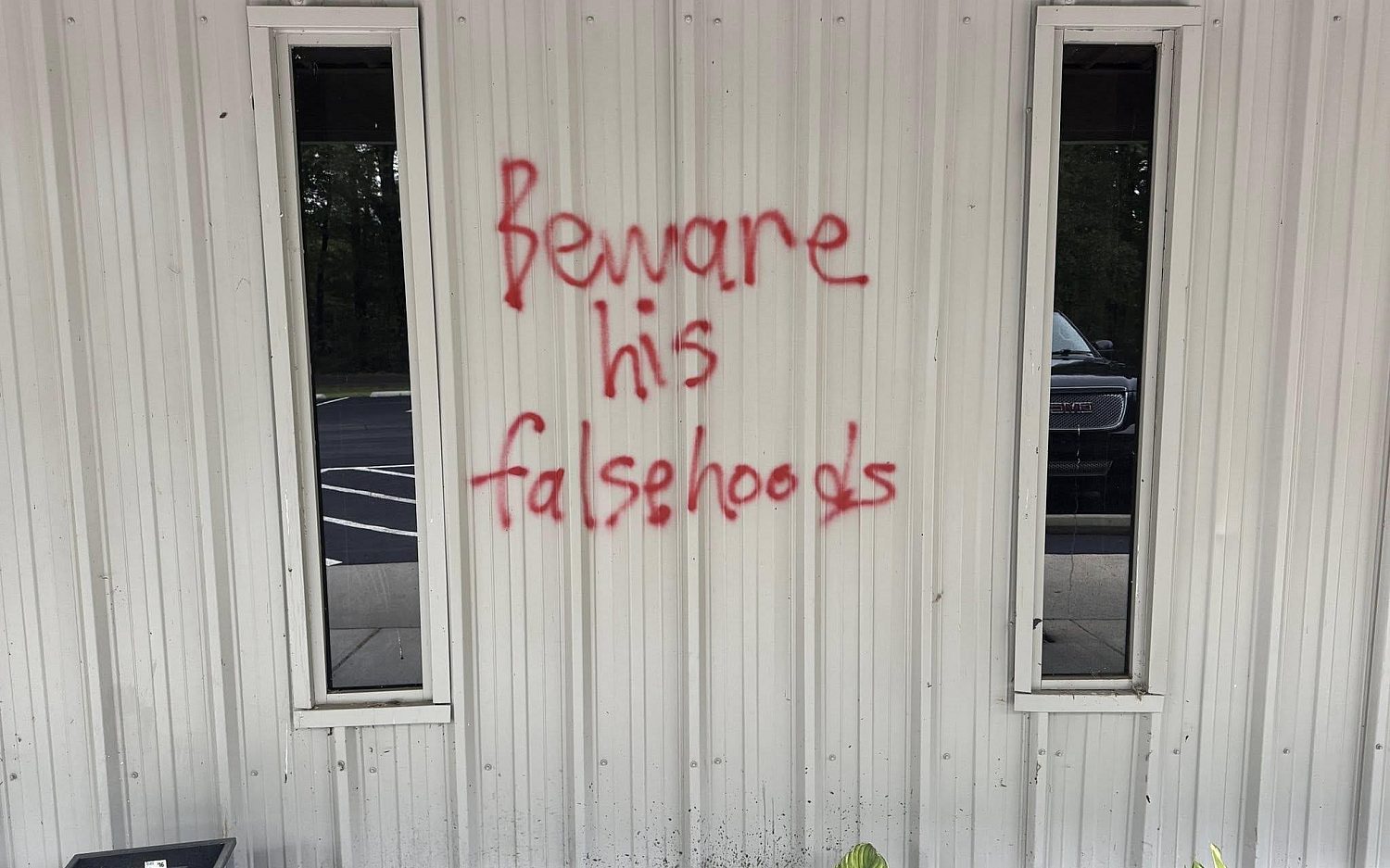Cli-fi literature enlisted to create college climate change agents
Move over, sci-fi. Cli-fi is the cool new literary genre taking English Departments across the world by storm.
Colleges and universities worldwide are making cli-fi, short for climate fiction, part of their curriculums to teach humanities students the same lessons about environmental issues that their more science-minded peers have been soaking up for years. But people who believe those lessons lack a solid scientific foundation say it’s important to balance them with a reminder: People are neither the villains of the earth nor its saviors.
Books—old and new—with themes of dramatic climate change are classified now as cli-fi. H.G. Wells’ The War of the Worlds and The Time Machine are good examples. More recent books, like Margaret Atwood’s The Year of the Flood, which examines climate change, and Paolo Bacigalupi’s The Water Knife, about water wars in the southwestern United States, also fall in the new genre.
Piquing students’ interest in science and the environment is a good thing, said Wesley J. Smith, senior fellow at the Discovery Institute’s Center on Human Exceptionalism. Growing up in Los Angeles in the 1950s, Smith remembers the smog that prevented him from seeing the mountains while he played outside on summer days. The smog made his lungs hurt, he told me, and he’s glad environmentalists “pursued human thriving” to succeed at making California’s air and rivers cleaner.
But students reading books with environmental themes need to understand that showing respect for human worth and dignity goes hand-in-hand with showing respect for the environment, Smith said. The same technology said to impose negative effects on the earth also gives hope to people trying to survive.
John Stonestreet, president of the Colson Center for Christian Worldview, agrees.
The environment can’t be saved through a combination of science, public policy, and regulation, he wrote in a BreakPoint commentary after the United Nations Climate Change Conference in Paris in December. Regarding cli-fi literature, Stonestreet questioned whether the science behind it is settled.
“It’s just hugely disappointing that students in the humanities are reading these books but not the great books of Western Civilization,” he said. “All of those great works that built the sort of people and the sort of world in which we have the leisure to have these sorts of cultural debates? They are being forgotten in this new form of chronological snobbery."
Daniel Bloom, a writer and climate activist, coined the term cli-fi, and it came into use in the 2000s. Colleges worldwide—from the University of Oregon to Cambridge University’s Institute of Continuing Education—now offer cli-fi courses, according to an article in The Atlantic.
Last year, Janet Napolitano, the University of California system president, announced $1,200 incentives for faculty to incorporate sustainability and climate topics into existing curriculum. The university system also plans to select a faculty “climate-action champion” after soliciting proposals from faculty of all disciplines for activities that promote “campus-wide leadership in carbon neutrality and sustainability issues,” according to the university’s website. Faculty champions will receive a $25,000 award to fund their proposals.
Middle-school video game enthusiasts can get in on the cli-fi action, too, by playing a game designed to teach them about environmental science. The Department of Education awarded a $900,000 grant to a project called Eco. It’s similar to Minecraft but with a “few added twists,” according to The Washington Post. The object of the game is to make a community that can withstand an imminent ecological disaster. The company behind Eco, Strange Loop Games, said if players fail the “global survival game” the result is “server-wide perma death.”
Of course, cli-fi themes also are prevalent in Hollywood, with movies like The Day After Tomorrow, Interstellar, and even Sharknado and Happy Feet Two. Smith referenced another movie, The Day the Earth Stood Still, starring Keanu Reeves in a remake of the 1951 original.
“The way the movie ends, in the first version, the alien comes to have affection for humankind but warns we should get our act together and become peaceable,” Smith said. The new version “reflects this idea that we are the enemies of the planet” and that we must pay for our wrongdoing by “ceasing technology,” he said. The movie doesn’t take into account that human survival depends largely on the technologies we have developed, he noted.
But even those technologies can’t really save us, Stonestreet wrote for BreakPoint.
“There is, of course, a moral and prudential case to be made for not just spewing stuff into the atmosphere. That isn’t proper stewardship of creation,” he wrote. “But neither is insisting that the steward—us—has salvation-like powers to restore the creation to its intended state. For that, only a real salvation history with a real savior will do.”
An actual newsletter worth subscribing to instead of just a collection of links. —Adam
Sign up to receive The Sift email newsletter each weekday morning for the latest headlines from WORLD’s breaking news team.




Please wait while we load the latest comments...
Comments
Please register, subscribe, or log in to comment on this article.